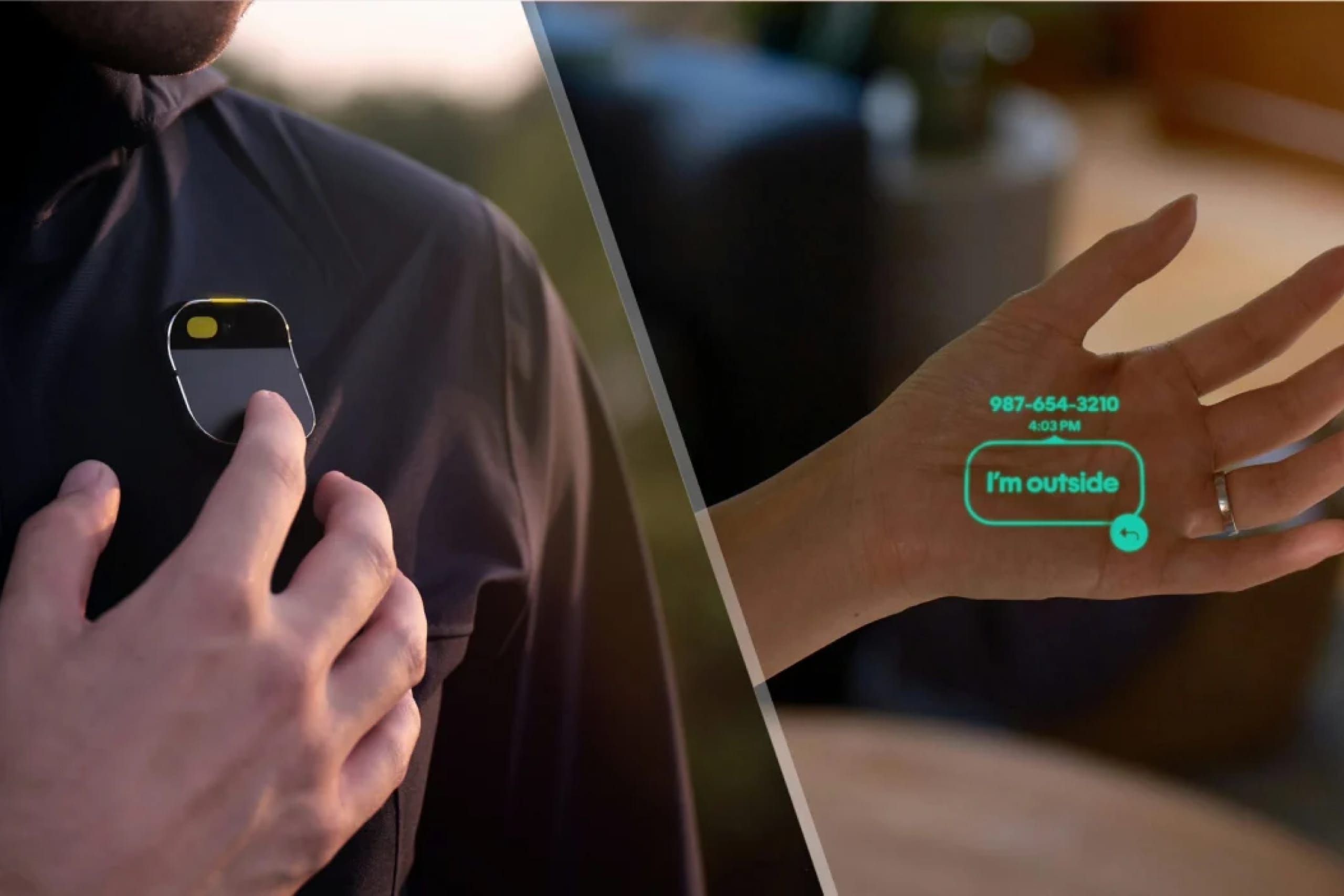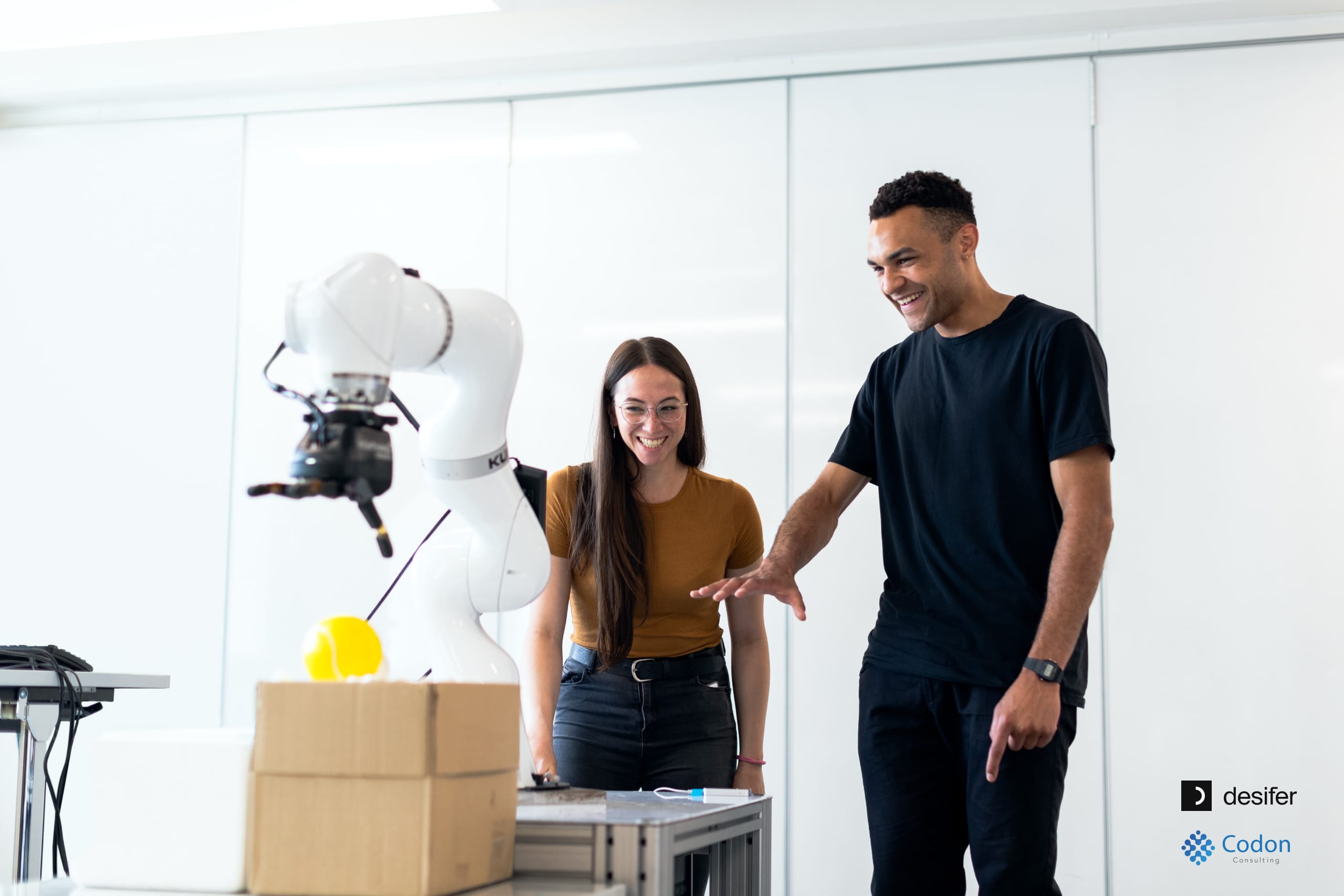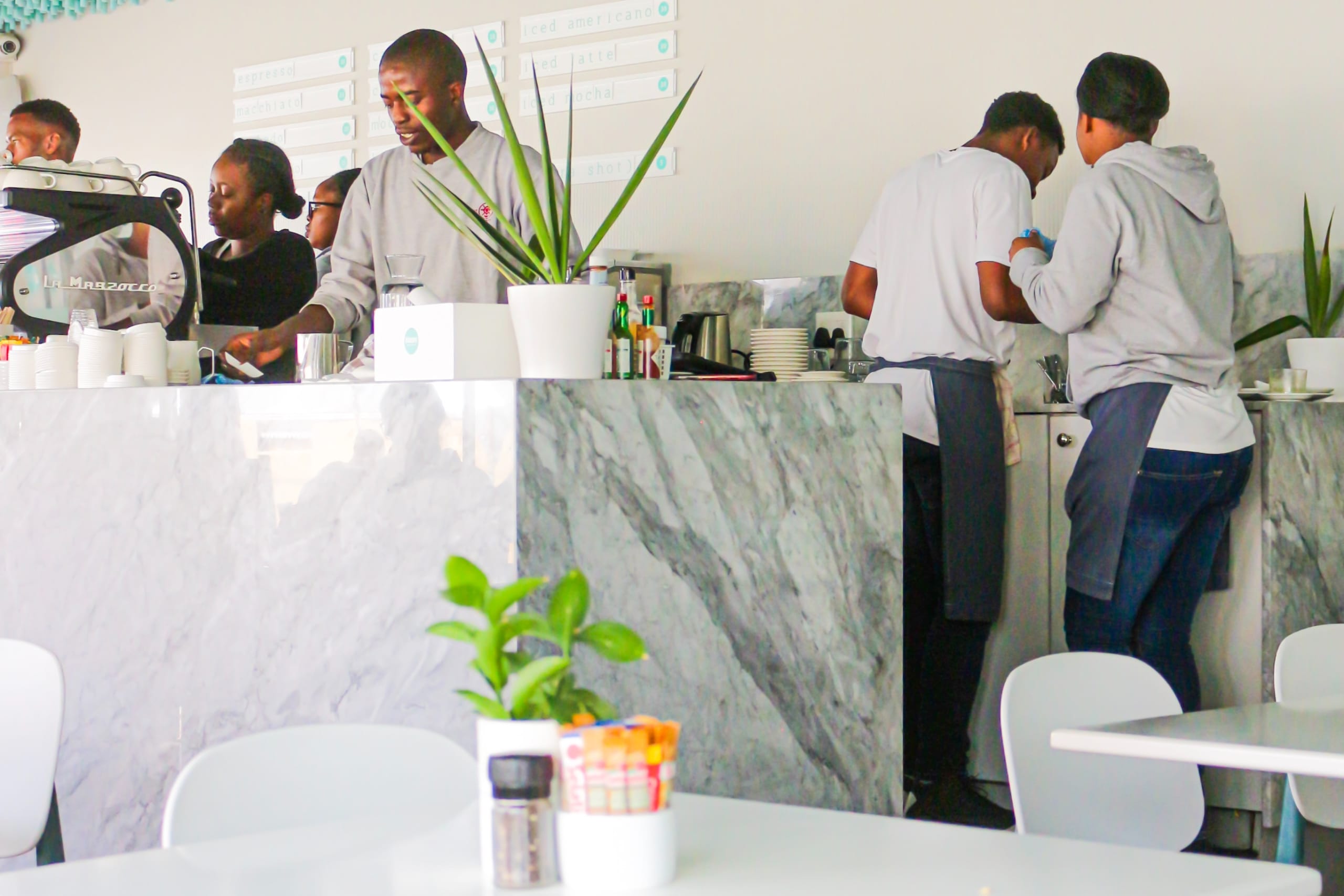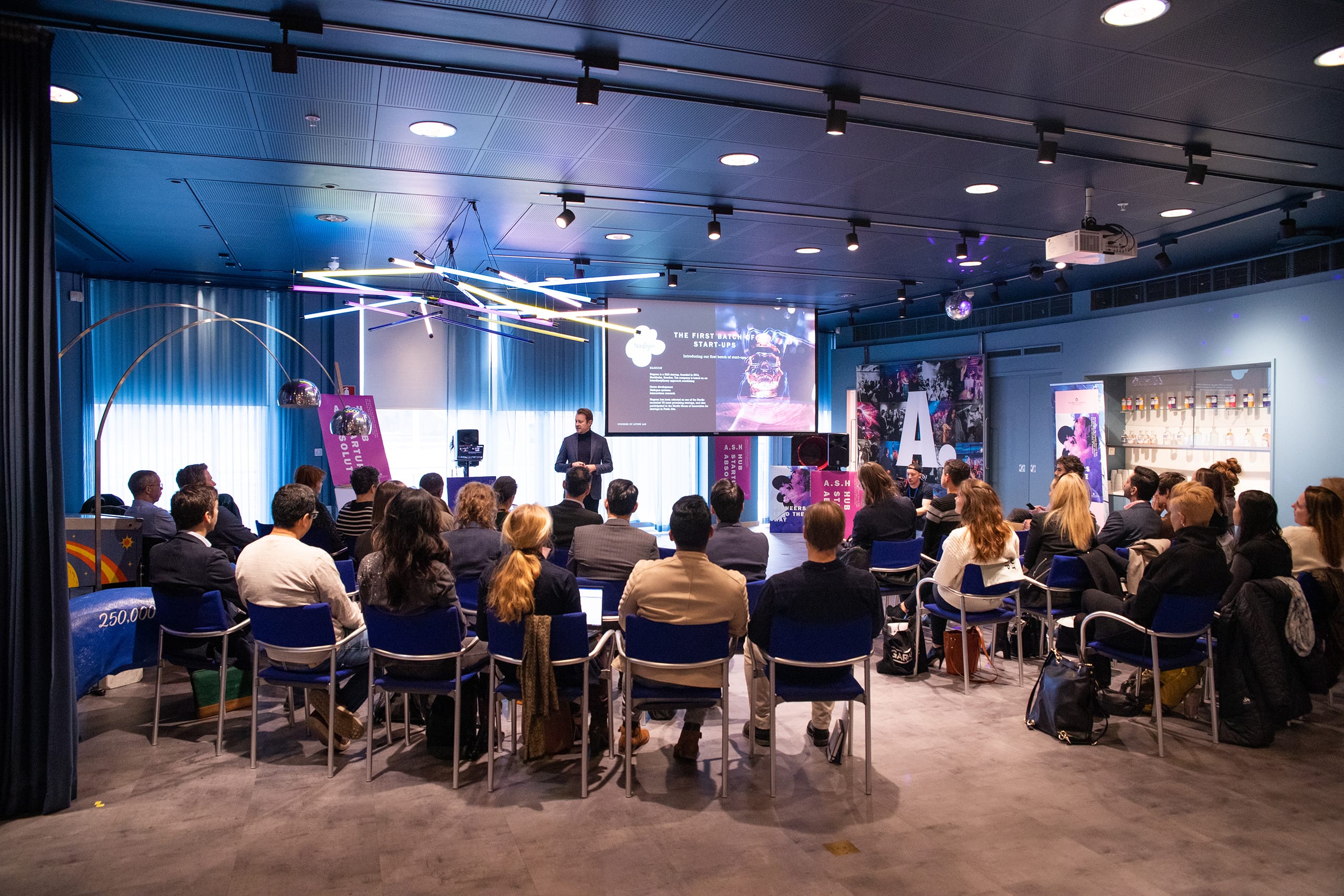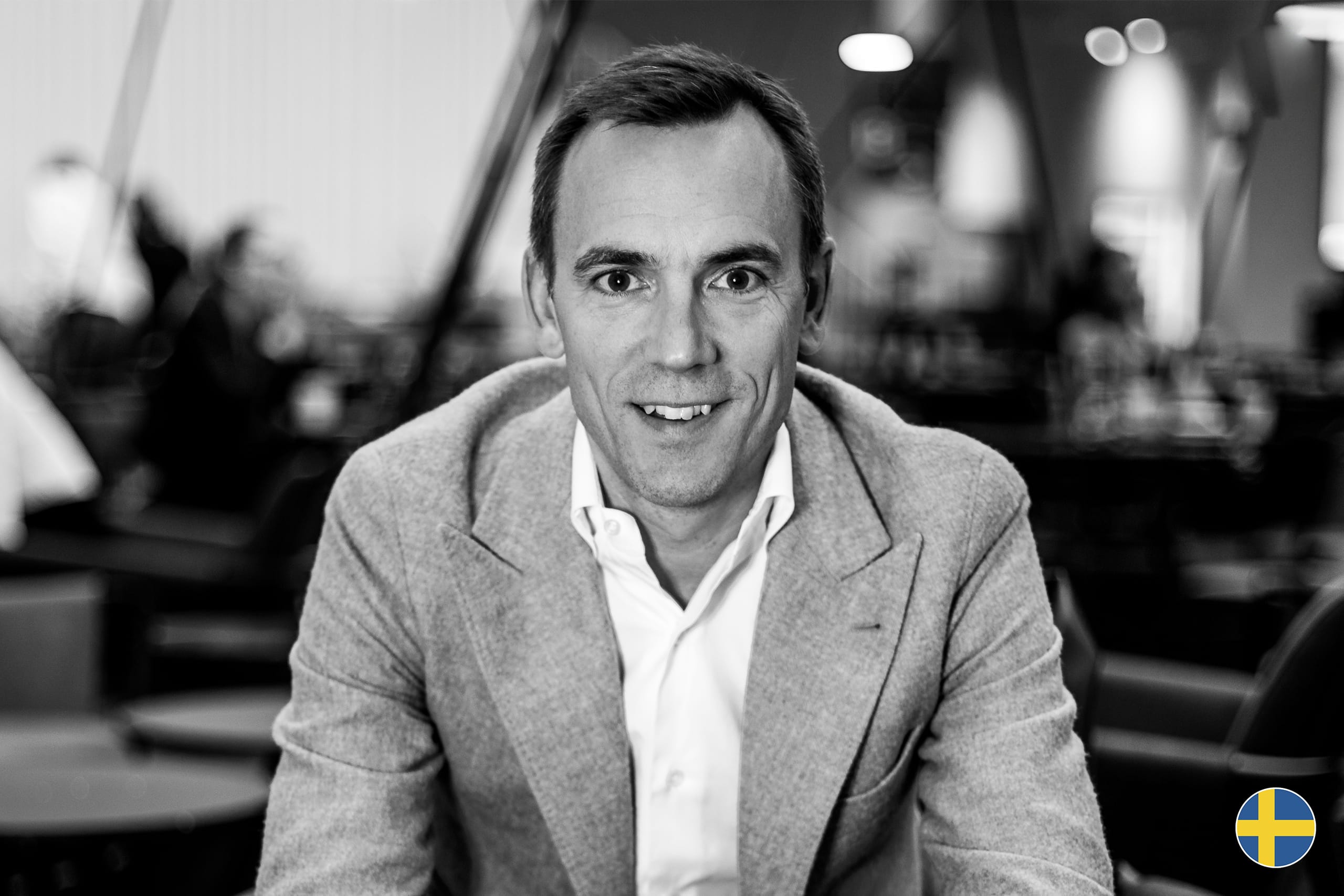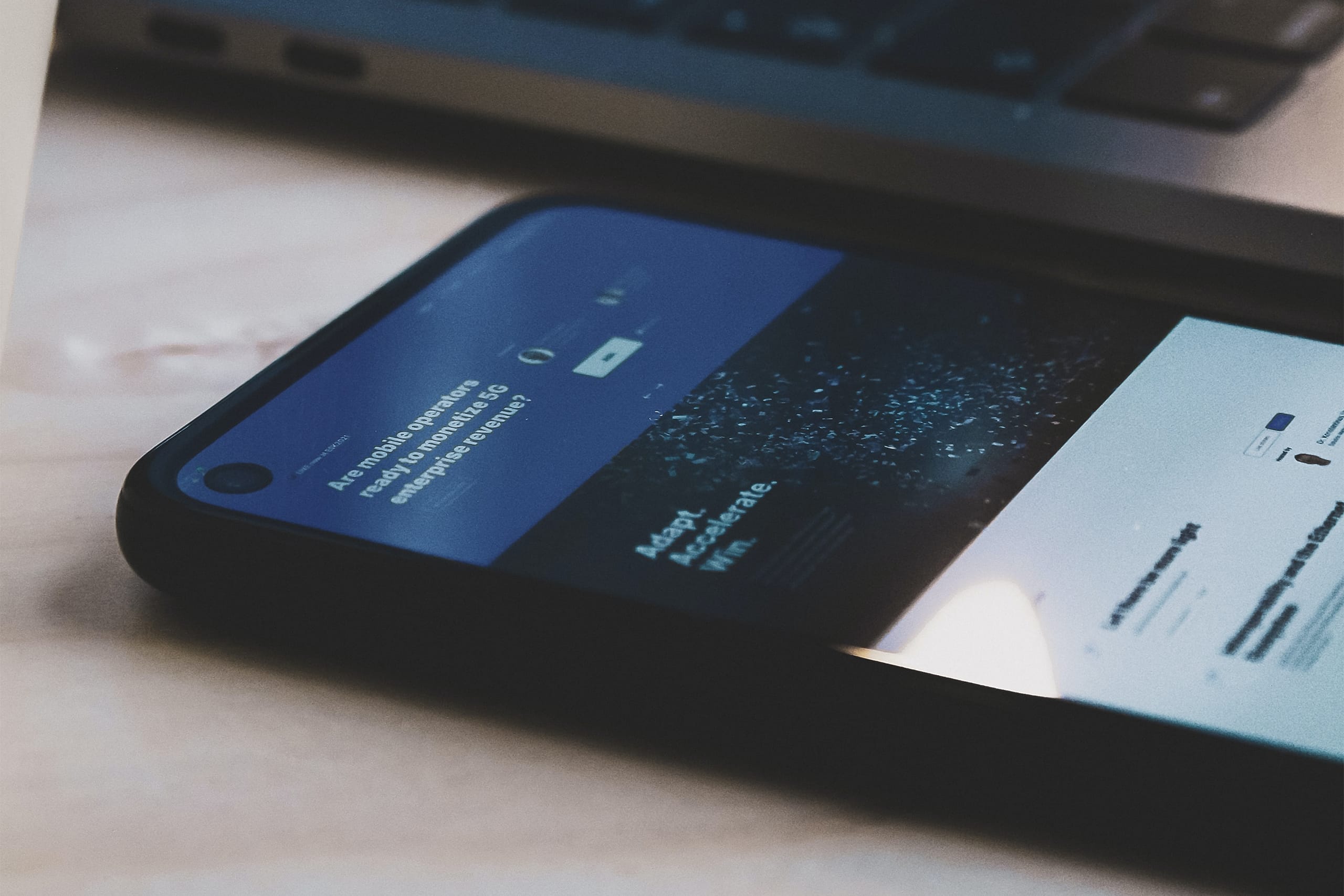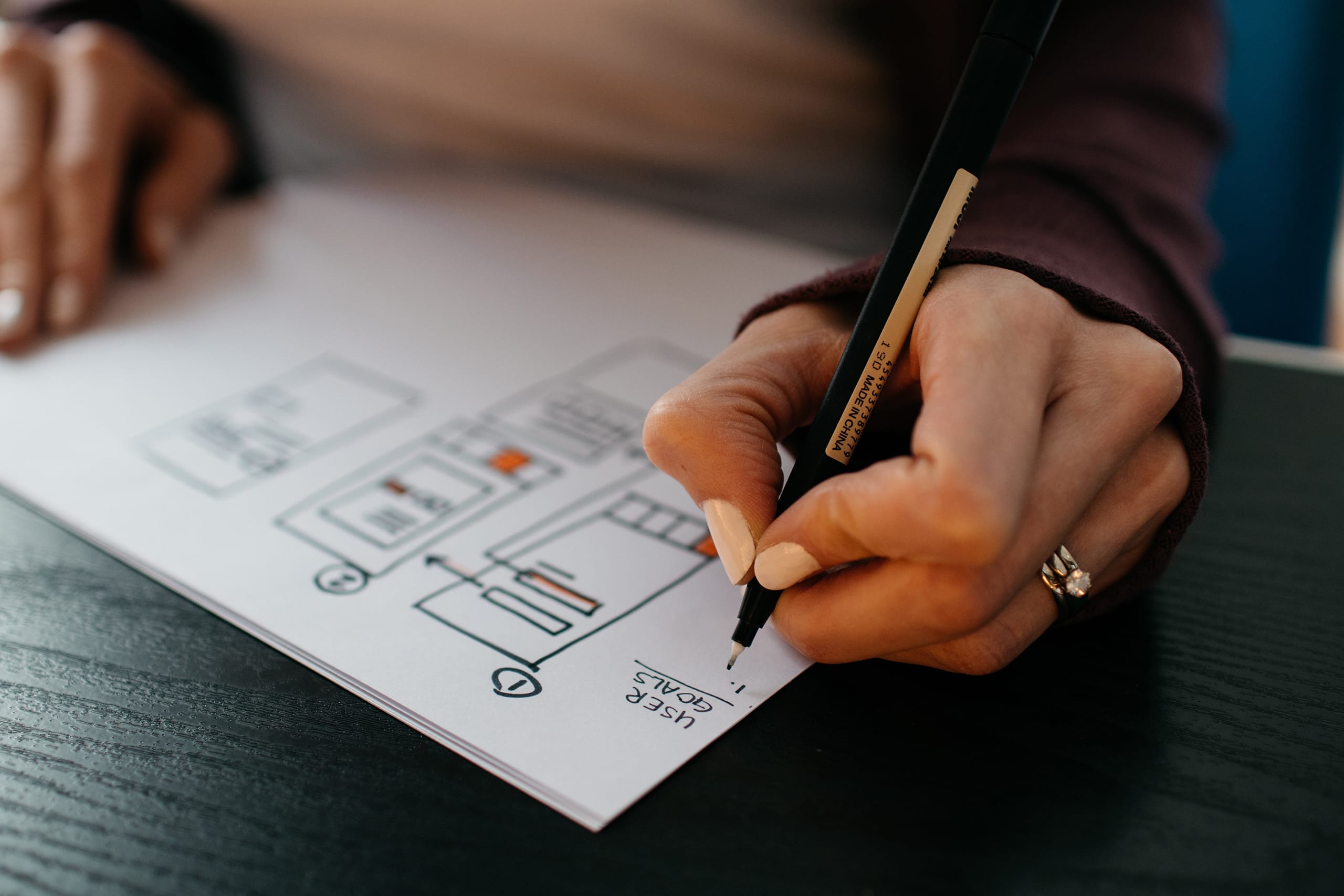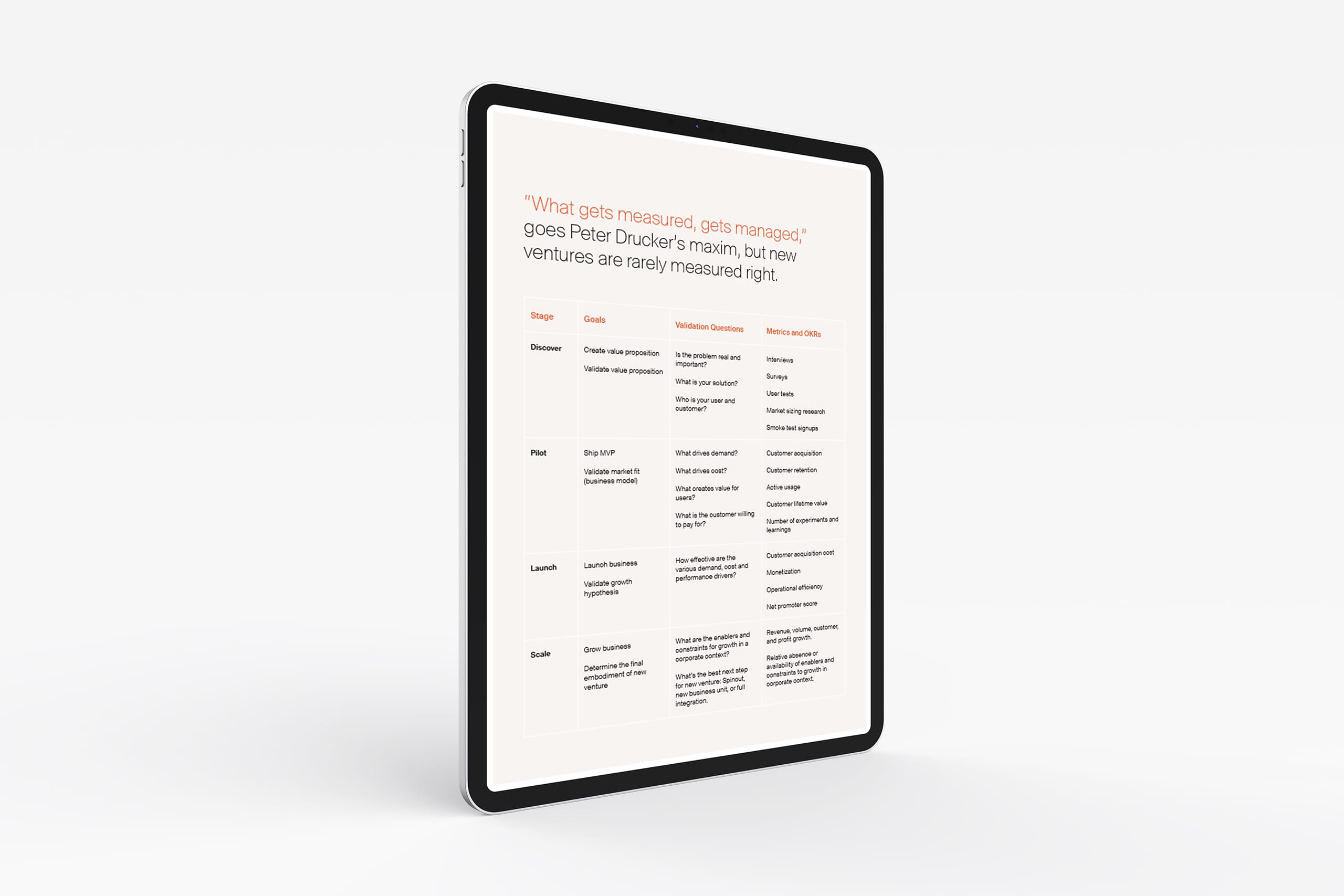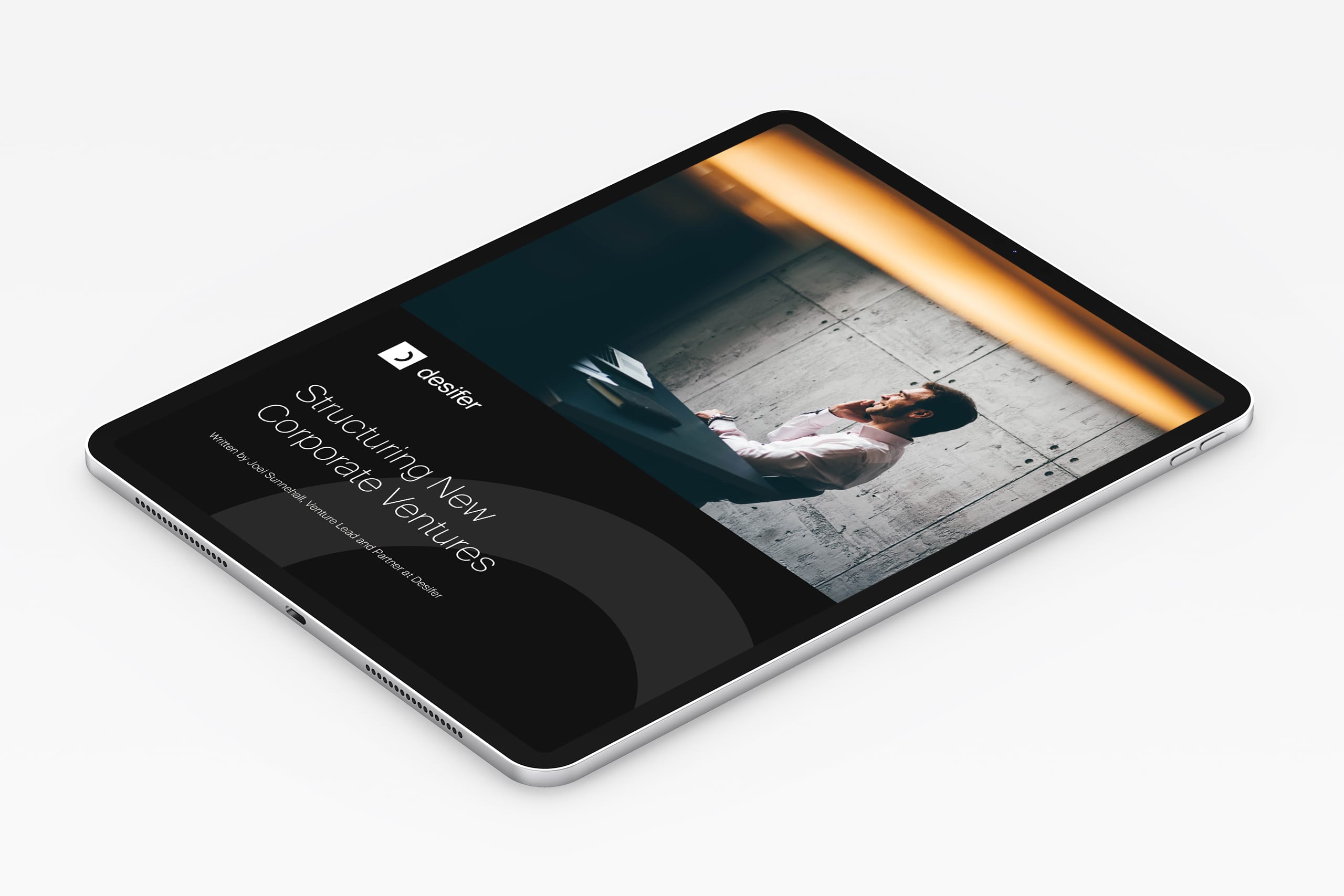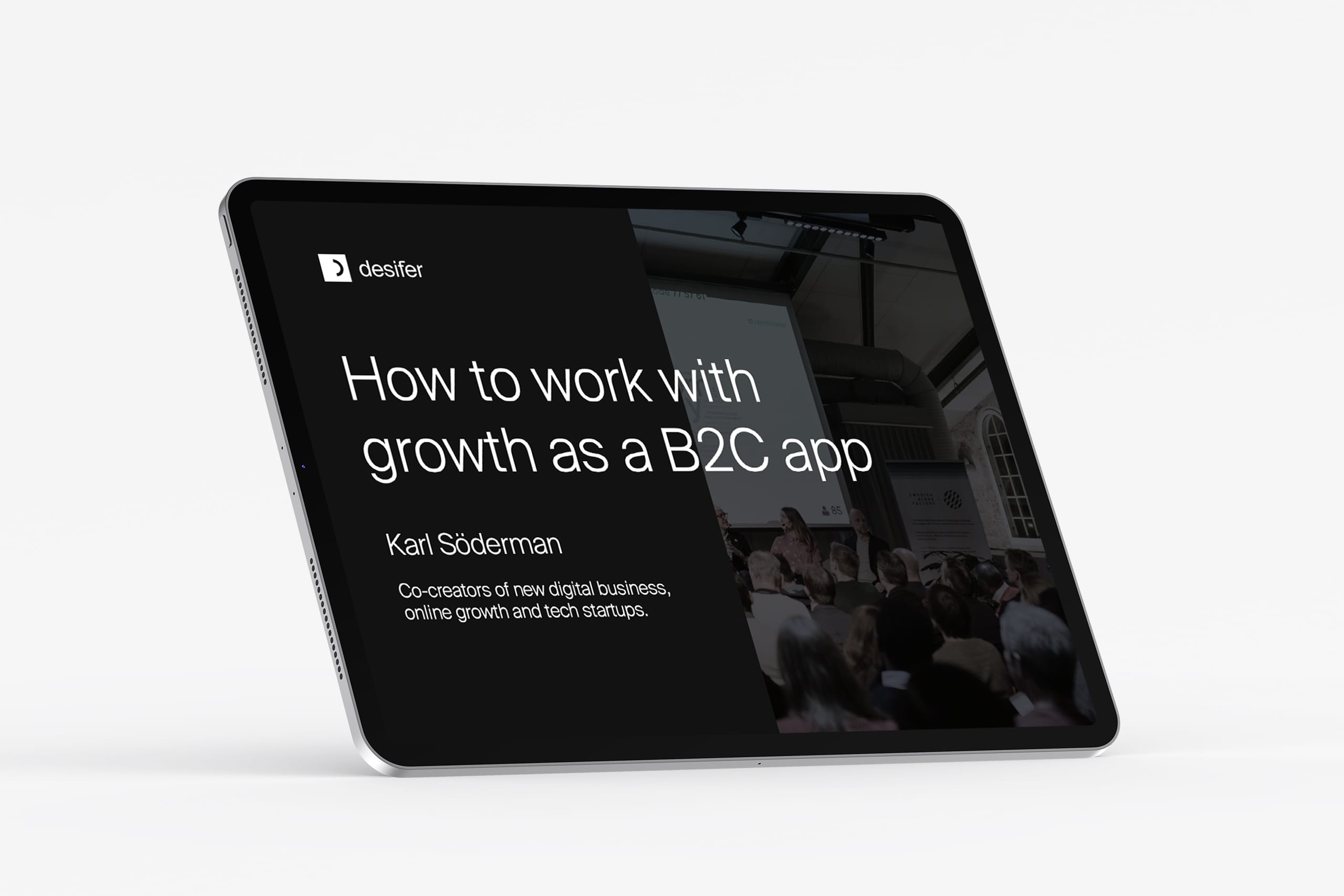Product | Discovery
Written by Sigrid Hellberg
May 15, 2021
3 common traps in digital product development (and how to avoid them)
In our experience there are a few challenges that you will encounter every time you go through the process of developing a new digital product. By being prepared for these, and knowing how to handle them, you will increase your chances of creating a successful digital product.
Trap 1: Failing to find a problem
In my experience, new ventures, whether corporate ventures or start-ups, are often driven by ideas. Someone has a brilliant idea, and sets about making it real. Sometimes, this idea is born from a realisation that there is an important problem to be solved. However, in my experience the idea often comes first, based on a somewhat vague feeling that there is a problem that this idea could solve.
A solution in search of a problem if you will. Though this term is often used in a dismissive way, in innovation it is not necessarily a bad way to start, as long as your first action is to conduct a thorough search for a problem.
Too often an idea is implemented without anyone really taking a step back to ask the question of ultimate importance: what is the problem we are trying to solve? In order to create real value, find product-market-fit and create a viable new venture, it is key for the entrepreneur or innovator to first validate that there is a real problem to be solved and that this particular problem is experienced by, and important to, a sizable group of people. The next step is to find out whether the initial idea can solve the problem at all, or if it is in fact an entirely different solution that is needed. This is where our next trap is lurking.
Trap 2: Holding on to the first (or second, or third) idea or solution
Not just entrepreneurs, but people in general, tend to hold on to their first idea. This is how we are wired as humans, we wouldn’t be able to get anything done if we constantly had to question ourselves and our decisions. But in the case of innovation this behavior must be challenged. It might feel time-efficient to start running with the first idea, but when you have built a full solution, and eventually realise that it’s not what the customers want, or that another technology could have solved the problem in a more cost-effective way, you will regret not having taken the time to explore a few more options, and validated them with real potential customers first.
Holding on to the first idea is, in my experience, a very common cause of time and resource waste in the development of new products, as well as the reason why many new ventures fail to find product-market fit at all. Sometimes innovation is all about killing your darlings.
Naturally this description of creating an idea and identifying a problem as a two step process, is a very simplified view of something that is in fact often a messy ride with many iterations and steps in between. However, finding a problem and daring to let go of the first idea is in my experience two crucial steps that always must be taken on the journey to a viable product. Our third trap is a treacherous one, threatening us at all times during the development of a new product, but maybe especially so when we think that we are onto something, when we have found an important problem and a viable solution.
Trap 3: Getting stuck in confirmation mode
Even those entrepreneurs who set out on their Product Discovery journey with the best of intentions, of running Lean Start-up style learning cycles, using Service Design to do customer interviews, and creating a product vision, often fail, because they get stuck in “confirmation mode” when they need to be in “exploration mode”.
Exploration mode is all about the mindset. In order to really discover something new during Product Discovery, you need to stay in a mindset of openness and curiosity. It is crucial to be open to the fact that your assumptions might be proven wrong, and the insights and learnings to be discovered along the journey will most likely contradict your initial beliefs. Staying in exploration mode is hard because there is a very human trait called “confirmation bias” which means that we have a tendency to process information by looking for, or interpreting, information that is consistent with our already existing beliefs. This means that when we do our interviews or MVP-tests, we are likely to put a lot more weight to any evidence pointing in favour of our idea, even if we receive just as much evidence telling us that it is a lousy idea. In order to stay in exploration mode we need to actively counteract confirmation bias.
So how can I avoid these traps, you may ask.
Apart from following a good product discovery process, using the right tools, with the right team, these practical tips will help you:
Tip 1: Use the Solution-Problem-Customer formula. Make sure that every time you describe an idea you formulate it like “The x (solution/idea) solves the y (problem) for z(the customer). This is a simple way of making sure you are forced to state your problem out loud. Doing so will ensure that at least you have a hypothesis for what the problem to be solved could be. But there is still the risk that your problem isn’t perceived as a problem, or at least not an important problem by anyone. Tip 2 and 3 will help you mitigate that risk, as well as avoiding our second and third traps.
Tip 2: Assume that you know nothing. And that what you know is wrong. No, I’m not trying to ruin your self-esteem here. Rather, see it as an invitation to stay curious, and keep testing, validating, testing and validating. Create little artefacts, like a post-it note on your laptop screen, to keep reminding you of this. Make it a routine to repeat these phrases out loud before you start an important discovery task, such as customer interviews or experiment design.
Tip 3: Identify your assumptions, validate and repeat. Gather the team at least once a week and list all assumptions. Prioritise them according to how important they are for the product, and how risky or unvalidated they are. Then come up with ideas for validating them. Essentially, all activities your team spends time on during the early stages of product development should be aimed at validating risky assumptions.









